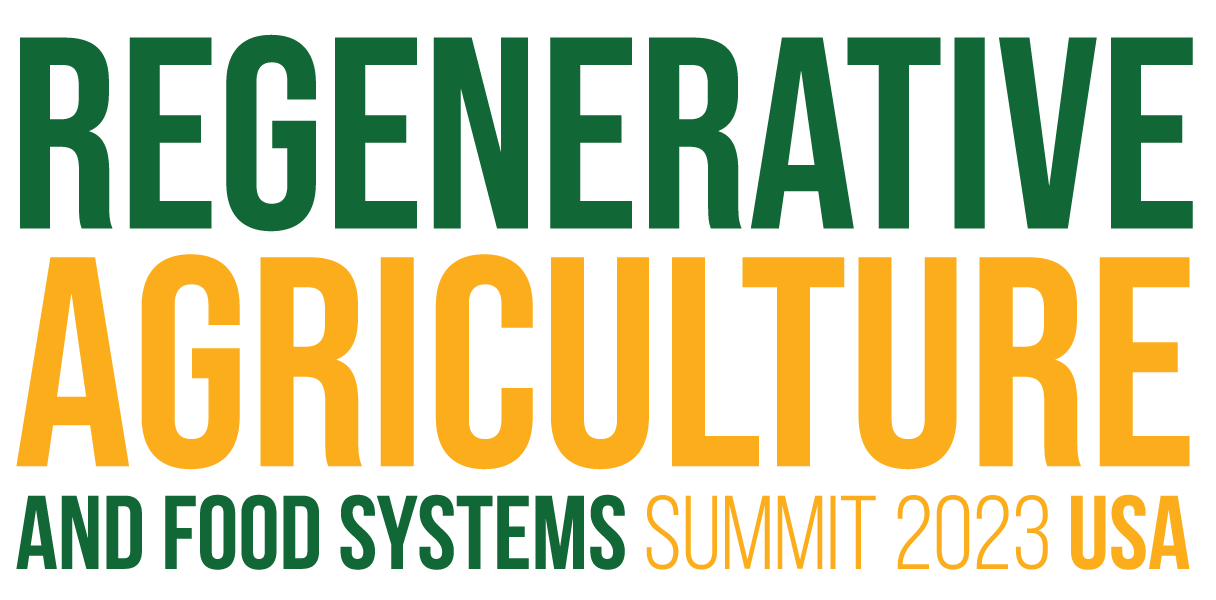Reflections on the Regenerative Agriculture and Food Systems Summit
by Jamie Lamonde
Recently, I attended the Regenerative Ag & Food Systems Summit seeking to better understand the broader “regenerative” dialog, to hopefully get inspired by progress and collaborations happening in this space, and to better understand where this group intersects with the rest of the forward-thinking, sustainability-seeking industry members and ultimately citizen-eaters (aka consumers).
An interesting and insightful experience, here are my key takeaways from this gathering:
Let’s Humanize Each Other
Where is Our Why?
Regenerate Convening
Design for Staying-Power
Expand the Table
A New Starting Point
Let’s Humanize Each Other
I was particularly delighted to hear presenters talking about the need to be present with each other, truly listen to one another, keep doors open, invite each other to the table, and most exciting to me, to humanize each other. Let’s continue to move away from assumptions, cultivating “otherness,” and divisiveness. Humanizing will lead to the changes necessary in every nook and cranny of our food system.
Where is Our Why?
One topic that wasn’t covered well, and it was a significant miss for me, was the deeper why behind the summit’s stated purpose: to accelerate the transition to regenerative agriculture. I would make this a major agenda item in future years.
I did appreciate one presenter from a large food business sharing that regenerative farming will become the new norm because the current way of farming is no longer viable and regeneration is the only way farmers will experience profitability in the future. Ding, ding, ding! Let’s talk more about why moving away from the current way of farming is non-negotiable. The process of exploring the reasons why together–getting grounded in the past and present economic, environmental and social state–is from where understanding and compassion will rise and propel us forward in new and creative ways together.
Regenerate Convening
Speaking of new and creative ways, like many of you, I have attended my fair share of gatherings over the years and suffer from meeting fatigue at times. So, this part of my assessment is not just of this particular summit, but of the way we’re convening with each other overall. Just as we are evolving our thinking on the future of food and ag, we must evolve our thinking on the future of the way we convene. We have a habit of one-way communication, agendas packed with listening to a revolving door of presenters and panels, and roundtables that are stimulating but not always effective in the way we all wish. To transform the food system, we must transform the way we are coming together. I’m talking about re-invention here. Anyone want to join me in dreaming up the “future of meeting”?
Design for Stay-Powering
As a long-time communicator in this space with a desire to bridge farmers and citizen-eaters, when new concepts are introduced, I look for an authentic farm-to-fork storyline. At its most basic, the storyline must have an agreed upon vision, definition and set of game-changing farming practices. It must be married with a transparent and traceable food chain. It must be able to back up its claims. These storylines are the only ones that create real change and have staying-power in the marketplace.
Words can bring us together or divide us. Many of us have observed the rise and fall of certain words in this space. And many of us are wondering about the use of the word “regenerative.” There is concern it’s just another “natural”; another empty, greenwashing mechanism that will eventually do nothing more than fill the pockets of large companies and confuse citizen-eaters. But, I left this summit feeling hopeful there will eventually be teeth behind the word. Companies of every size and shape are creating their own definitions and sets of farming practices. Are they all perfect? No. Do they all immediately address and achieve every aspect we’d like to see change? No. But, there is a groundswell. The next step will be to integrate these efforts into an industry-wide accepted “regenerative practice.” When we get to this point, “regenerative” will be ready to be introduced into the marketplace, because it will no longer run the risk of greenwashing citizen-eaters. So, let’s market with care and keep the cart behind the horse.
Expand the Table
I appreciated the mix of folks at this event, but also profoundly felt there were voices that needed to be stronger or were altogether missing. I know it’s difficult to get everyone around the table (I mean, family gatherings are tough to schedule!), but I’d like to see more diversity next time. Let’s expand the table and get intentional about filling each seat.
A New Starting Point
Finally, and most importantly, the move from the extractive, depleting way of farming to a wide-spread adoption of regenerative farming practices is incredibly exciting. What if our new baseline of farming was a clearly defined regenerative practice? It would provide a springboard for farmers to evolve into advanced regenerative practices, agroforestry, organic and Regenerative Organic Certified (combining organic, animal welfare and social justice) practices, among others.
—
I dream of a day when all of the stakeholders within our food system truly hear and understand each other. Let’s HUMANIZE, get grounded in our shared WHY, REGENERATE how we come together and commit to building something that truly has STAYING-POWER.
Thank you to the wonderful Kiasco Research team and all of the sponsoring companies and organizations for bravely bringing us together. I’m looking forward to next time.

